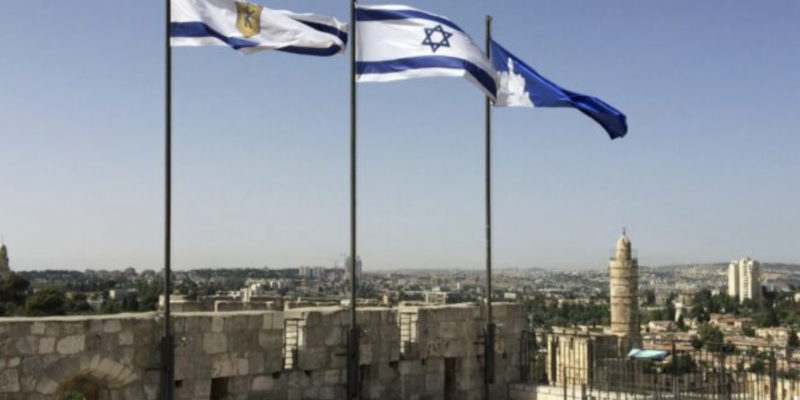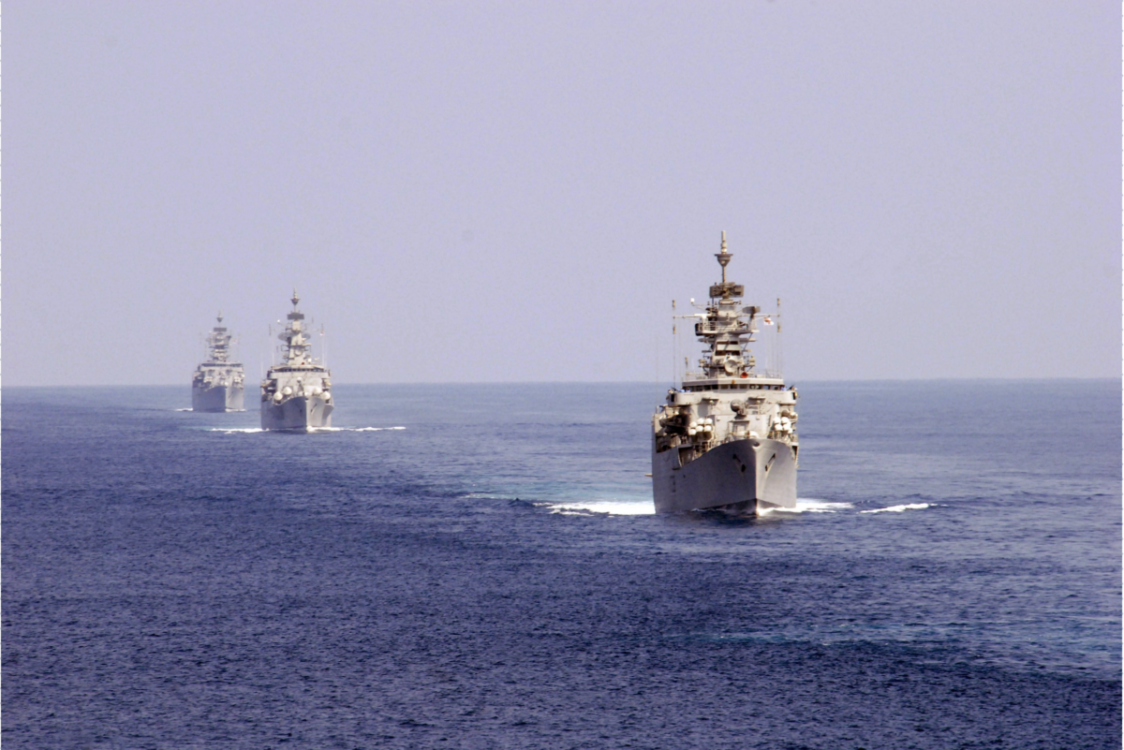With the number of Palestinian deaths allegedly surpassing 60,000 since the start of the war, a war the Hamas terrorist group started when they murdered 1,200 Israelis and foreign nationals on October 7, 2023, international food security experts issued their most serious warning yet regarding Gaza's "hunger crisis", stating that the "worst-case scenario of famine" is occurring.
The million-person region is experiencing an increase in hunger-related fatalities due to severe starvation, malnutrition, and disease, the Integrated Food Security Phase Classification said Tuesday.
According to Ross Smith, the director for emergency preparedness at the U.N. World Food Programme, a quarter of Gaza's population is facing "famine-like conditions," and nearly one-third has gone several days without food.
"The hunger crisis in Gaza has reached new and astonishing levels of desperation," Smith told reporters last week.
Malnutrition Crisis Deepens
"Severe acute malnutrition affects nearly 100,000 women and children," Smith added. At its two clinics in Gaza, Doctors Without Borders reported treating over hundreds of pregnant and breastfeeding women for malnutrition this month.
The consequences of chronic hunger, according to medical professionals, go well beyond the immediate suffering; they may change gene function and have an impact on future generations.
"It's a lifelong thing, and it's even across generations," said Marko Kerac, a clinical associate professor at the London School of Hygiene & Tropical Medicine who studies malnutrition's long-term effects.
According to the Integrated Food Security Phase Classification (IPC), famine is detected when 20% of households in a given area experience severe food insecurity, 30% of children suffer from severe malnutrition, and two out of every 10,000 people perish every day from starvation or a combination of malnutrition and illness.
The IPC states that three-quarters of Gaza's population is already at the "emergency" or "catastrophe" levels of food insecurity, which are the two worst categories.
Military Pauses, Aid Restrictions
Israel imposed a complete blockade on Gaza on March 2nd, preventing the entry of any humanitarian supplies, including as food, medicine, water, gasoline, and building materials.
Although, aid agencies cautioned that the increased flow is still insufficient to stop starvation. After removing a barrier that had prevented food and other necessities in May, only a small amount of help was allowed to enter the region for weeks.
Israel's military then announced limited daily battle pauses over the weekend to let additional humanitarian supplies enter Gaza in response to growing international pressure. In certain places, the breaks permit the delivery of relief for ten hours every day.
International Response
President Donald Trump acknowledged "real starvation" circumstances in Gaza on Monday. “I see it, and you can’t fake it. So we’re going to be even more involved.”
Rep. Greg Stanton (D-Ariz.), wrote on social media that "the situation in Gaza is dire" and called for immediate delivery of food, water and medical supplies to civilians.
The IPC urged for rapid action but stressed that its warning was an alarm rather than a formal famine classification.
"This is the only path to stopping further deaths and catastrophic human suffering," the organization said, demanding an end to hostilities and unimpeded humanitarian access.
According to a statement released by Netanyahu's office on Tuesday, Israel would "continue to work with international agencies as well as the U.S. and European nations to ensure that large amounts of humanitarian aid flows into the Gaza Strip."
The situation in Gaza is "difficult," according to Israeli authorities, but Hamas is "attempting to fuel the perception of a humanitarian crisis." Throughout the conflict, Israel has maintained that Hamas redirects help from civilians.
What Phase 5 Could Mean for Gaza
Gaza is at risk of being categorized as being in Phase 5 by the IPC. Severe malnutrition in Gaza City and food intake in the majority of Gaza have therefore hit famine criteria.
Since officials have not yet formally declared a famine, there is political controversy over whether the situation warrants.
In this case of needing more data analysis and appropriate information, officials cannot determine whether this will reach Phase 5. Although, officials cannot confirm of severe malnutrition happening across the region that is needing immediate action.

















